
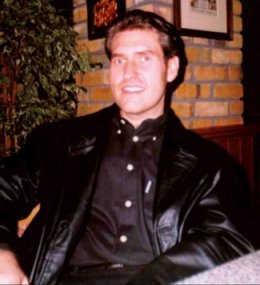
About...Paul Kane
Paul Kane was born in the town of Chesterfield, Derbyshire (UK), in 1973, and grew up on an estate not too far away. The son of a miner and a former secretary, Paul developed a taste for the strange and outlandish at an early age, after his granddad read him a bedtime story about a mysterious house that dwelt within in a sea of fog. A rich diet of programmes such as The Incredible Hulk, The Six Million Dollar Man, Dr Who, Star Trek and Blake’s Seven fostered this obsession, as did the US and UK comics his father used to buy him on frequent trips to a nearby village – it wasn’t long after that Paul started to write and draw his own amateur comic books, though he would only show these to friends and family. Paul also admits to being hugely affected in his formative years by the American adaptation of The Martian Chronicles, ITV’s screening of Philip Kaufman’s Invasion of the Body Snatchers and the BBC’s six-part adaptation of The Day of the Triffids.
In his early teens he discovered the joys of Horror, Science Fiction and Fantasy literature, raiding the local second-hand book shops for anything and everything associated with these genres. Paul read insatiably, often sneaking away during school dinner hours to lose himself in the pages of such tomes. Favourite authors soon began to emerge from the pack: James Herbert, Frank Herbert, Stephen King, Ray Bradbury, Brian Lumley, Arthur C. Clarke, Michael Moorcock, Richard Laymon, Isaac Asimov, H.P. Lovecraft and, in particular, Clive Barker (this list would expand as Paul grew older to encompass people such as Christopher Fowler, Simon Clark, Michael Crichton, Robert McCammon, Neil Gaiman, Thomas Harris and many more).
Inspired by what he read, Paul had a go at a few stories and novels himself (never completing any of them!) and incorporated what he’d learnt into his English work – often to the exasperation of his teachers. Upon leaving school, he attended a General Art and Design course at Chesterfield College. These two years were a revelation, allowing Paul the freedom to pursue numerous different artistic routes, including painting, poetry, design, film-making and photography. He showed a natural affinity for the latter two, but in spite of the fact that a handful of his prints went on to be shown in a travelling exhibition abroad, Paul applied for a theory course at Sheffield Hallam University after gaining consistently high marks for his critical essays.
Their History of Art, Design and Film course permitted him to study his three favourite subjects in some depth, but also gave him the opportunity to take supplementary units in journalism and professional writing. Up until this point, Paul wasn’t really sure what he wanted to do for living. Now he knew. He wanted to be a writer.
When he left university in 1996, he decided to bolster his skills by doing a writers’ home study course, a proof-reading course and a couple of courses in computing. Using the contacts he’d already made, Paul set himself up as a freelance writer, providing articles and reviews for various news-stand publications under different names (these included two Science Fiction magazines, a film magazine, a TV journal and even a children’s monthly). During this period, Paul also became a film critic for a local newspaper, attending all the latest premieres, did some illustration work – mainly for the front of greeting cards – and won one or two writing competitions.
In 1998, he spotted an advert in a trade magazine for a new Horror fiction publication called Terror Tales. The editor, one John B. Ford, also lived near Chesterfield. Paul took this as a sign, and immediately submitted a short ghost story he’d been working on called ‘The Cave of Lost Souls’; his first piece of fiction in almost ten years. The story was accepted and Paul was invited to attend a gathering of horror writers at Joplin’s bar in Chesterfield. That Thursday evening he was introduced to the world of the small press magazine by John B. Ford, the proprietor of BJM Press (who would become one of Paul’s greatest champions and friends) and Derek M. Fox, author of Recluse.

Above: John B. Ford (left) with Ramsey Campbell at the Nervous convention in Cardiff
Within the space of six months, Paul had had several more pieces accepted by other magazines and had also attended the now legendary Terror Scribes gathering in the Howard pub, Sheffield, where he met Simon Clark (bestselling author of Nailed By The Heart and Vampyrrhic) for the first time. It would be just one of many such events he’d attend.
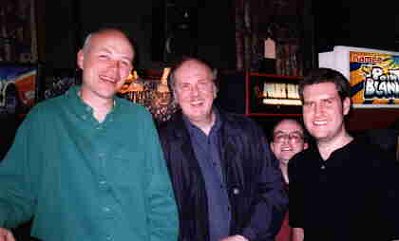
Above (from left to right): Simon Clark, Derek M. Fox, Paul Bradshaw and Paul Kane at the Terror Scribes gathering in Sheffield, 1998
The following year, Paul came second in the Black Hill Books Horror Story Competition judged by Guy N. Smith (‘Blackout’ was published in Graveyard Rendevous shortly afterwards) and was offered a position as a major contributor to a book on contemporary American directors published by Wallflower Press. The story credits were also racking up as some of his most popular tales were released: ‘Astral’ (the first Controllers piece, featured in an early edition of The Dream Zone and was voted one of the best stories of the year by readers); ‘Star-Pool’ (a Lovecraftian horror published in David Price’s Tales of the Grotesque and Arabesque); ‘St August’s Flame’ (a cautionary yarn about seeing into the future, used in an issue of Strix) and ‘Shadow Writer’ (his inaugural Brotherhood of the Shadows story, printed in Enigmatic Tales). In addition, Paul was also busy working on the MA he started in the winter of 1998.
But things would get even busier. On November 4th he was contacted by an American publisher and told that his collection Touching the Flame, reprinting these stories and more, had been accepted and was to see print in trade paperback in late 2000. At the same time, John B. Ford was interested in producing a BJM collection featuring 95% new material which Paul had to come up with by mid-2000. Not only did he do this, but he also provided the illustrations and cover photography...
Then he was asked to contribute a few reviews and conduct some interviews for the Terror Tales E-mail Magazine, which would, over the course of 2000, evolve into a fully-fledged website designed by Simon Logan and co-edited by Paul. Touching the Flame unfortunately didn’t appear in 2000 because the publishers closed down, but it was picked up by Rainfall Books in 2002 and brought out as a much longer collection in tpb format (almost 80,000 words; the book was translated into German and published over there in 2005). In the meantime BJM Press published Alone (In The Dark) which gained some excellent reviews from magazines like SFX and Writers’ News.
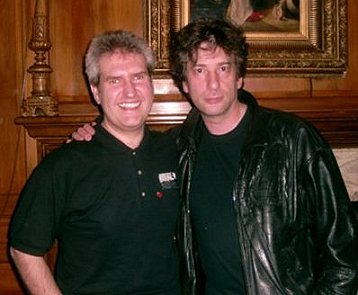
Paul Kane with Neil Gaiman, October 2008
Over the course of the last few years Paul has had stories published in major anthologies on both sides of the Atlantic featuring names like Ramsey Campbell, Steve Rasnic Tem, Brian Stableford, Stephen Gallagher, Peter Straub, Michael Marshall Smith and Simon Clark. His work has been featured in the Assembly of Rogues DVD and anthology, as well as being read out on BBC Radio 2, and he has gained several British Fantasy Society Award Recommendations and Nominations (shortlist), plus Honorable Mentions in The Year’s Best Fantasy & Horror edited by Ellen Datlow. In addition, Paul won the 2008 Editor’s Choice ‘Dead of Night’ Award for his short story ‘A Chaos Demon Is For Life’ which appeared in Estronomicon magazine.
For five years he served as Special Publications Editor of the BFS working on projects with authors such as Clive Barker, Neil Gaiman, Brian Aldiss, Robert Silverberg, Muriel Gray and John Connolly, and his essay about Hellraiser was featured in the Bram Stoker Award-nominated Cinema Macabre alongside genre names such as Simon (Shaun of the Dead) Pegg, Mark (League of Gentlemen) Gatiss and Jonathan Ross, who wrote the introduction. Hellraiser was also the subject of his hardback book, the critically acclaimed The Hellraiser Films and Their Legacy, introduced by Doug ‘Pinhead’ Bradley, which reached the nominations stage of the BFS Awards 2007.
Paul was on the organising committee of FantasyCon for many years (as co-chair in 2008 and 2011) where he welcomed Guests of Honour such as Terry Brooks, Gwyneth Jones and John Ajvide Lindqvist, bestselling author of Let the Right One In (filmed as Let Me In for the US). Paul was also on the organising committee of both the 20th World Horror Convention in Brighton, which headlined guests such as James Herbert, Tanith Lee, Les Edwards and Ingrid Pitt, and The World Fantasy Convention 2013 which had Guests like Joe Hill, Joanne Harris and Richard Christian Matheson. He has himself been a Guest at Alt.Fiction five times, was a Guest at the first SFX Weekender, at Thought Bubble in 2011, Derbyshire Literary Festival and Off the Shelf in 2012, Monster Mash and Event Horizon in 2013, Edge-Lit in 2014, HorrorCon, HorrorFest and Grimm Up North in 2015, The Dublin Ghost Story Festival and Sledge-Lit in 2016, plus IMATS Olympia in 2017, as well as being a panellist at FantasyCon and the World Fantasy Convention, and a fiction judge at the Sci-Fi London festival.
In 2008 his story ‘Dead Time’ (published in The Lazarus Condition) was developed by Lionsgate/NBC for the US network show Fear Itself. This was adapted by Steve Niles – creator of 30 Days of Night – and Ben Sokolowski of Bad Robot (Lost, Cloverfield, Arrow) under the title New Year’s Day, directed by Darren Lynn Bousman (SAW II-IV), with effects from Oscar-winners KNB (Chronicles of Narnia). His other film work includes adapting three of his own short stories into film scripts: The Opportunity premiered at Cannes; The Weeping Woman was filmed by award-winning director Mark Steensland, and starred Tony-Nominated actor Stephen Geoffreys from Fright Night; while Wind Chimes sold to TV. He has also written an original short movie called Confidence starring Simon Bamford (Hellraiser, Nightbreed, Starfish) and has had a short film made of his story, Life-O-Matic, which won awards at the Los Angeles Independent Film Festival, The London Independent Film Awards and was an official selection at Bucharest’s ShortCut Cinefest. 2008 also saw the release of his first mass market novel Arrowhead for Abaddon/Rebellion, publishers of 2000 AD (a post-apocalyptic reworking of the Robin Hood legend) in the UK & US. Two sequels subsequently appeared, Broken Arrow(2009) and Arrowland (2010); all the novels were critically acclaimed bestsellers and were gathered together in the Hooded Man omnibus, which sold out of its print run very quickly after hitting the shelves. Paul revisited the mythos for his novella Flaming Arrow in 2015 (reprinted in the mass market book The End of the End in 2016). He is currently involved in various exciting projects – which includes more film work (he has been adapting his novel Lunar for director Brad ‘Hallows Eve’ Watson), graphic novels and anthology editing, following such successful publications as Hellbound Hearts, The Mammoth Book of Body Horror and Beyond Rue Morgue. Paul also ran a hugely successful creative writing class for many years (his students won the David St John Thomas Charitable Trust Anthology Award in 2009) and delivers workshops throughout the country about genre writing. Recent publications include: his collections Monsters (introduced by Nicholas Vince with cover art from Clive Barker), Nailbiters (his first crime/psychological collection, as Paul. B Kane), Shadow Casting: The Best of Paul Kane (celebrating 20 years as a professional writer); plus the novels Blood RED (which has a cover by Dave ‘The Graveyard Book’ McKean), the award-winning bestseller Sherlock Holmes and the Servants of Hell (which pits the World’s Greatest Detective against Clive Barker’s Cenobites) and Before – described as a dark fantasy version of Cloud Atlas. Paul lives in the Midlands with his wife, the bestselling horror writer and editor Marie O’Regan.
Paul is represented by Nicky Lovick of WGM Atlantic.
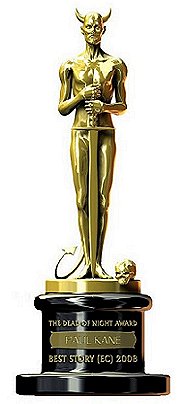
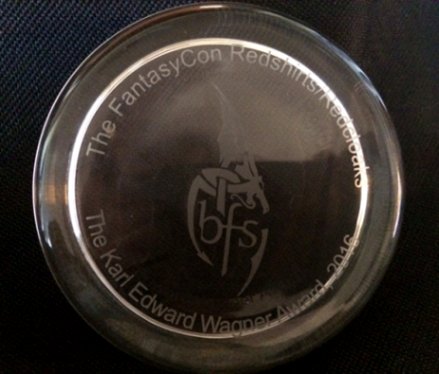
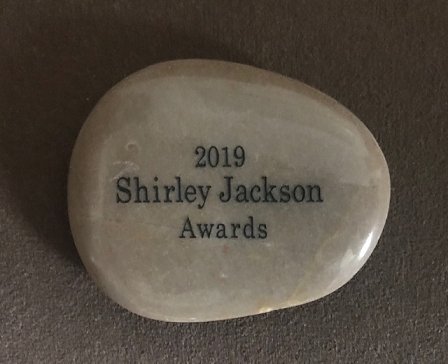
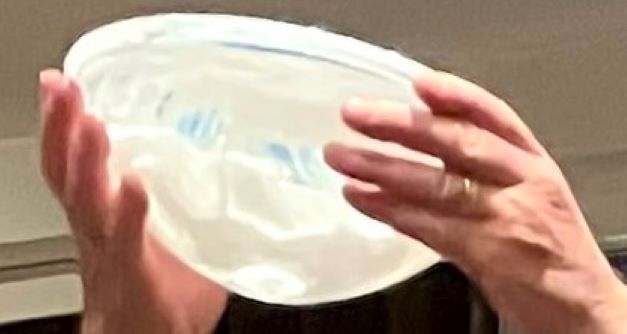
2022 ‘Legends of FantasyCon’ British Fantasy Award Rosebowl

World Fantasy Award 2025 for Heartwood – edited by Dan Coxon, containing Paul’s story ‘The Crossing Place’.


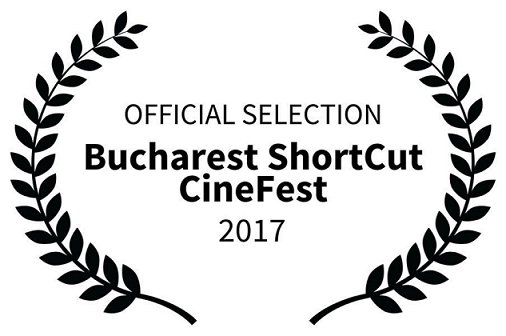
Read interviews with Paul Kane here
Look at more gathering/event pictures here
Photographs (C) Paul Kane & John B. Ford